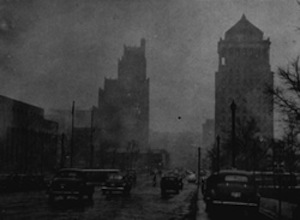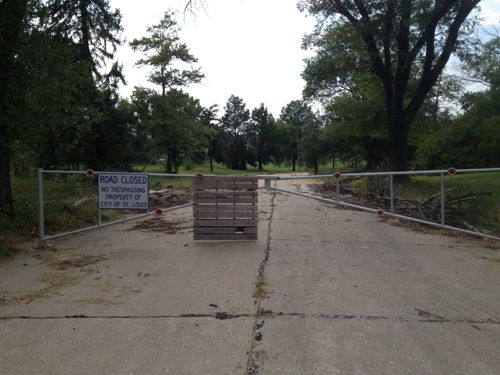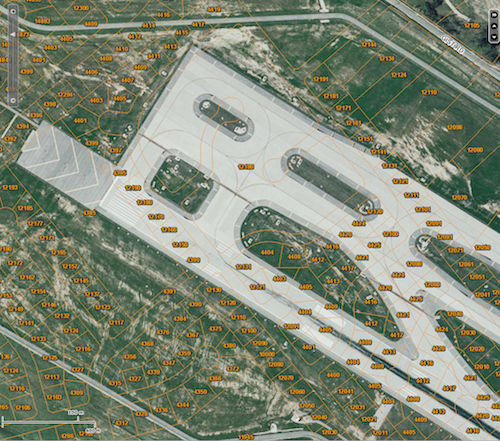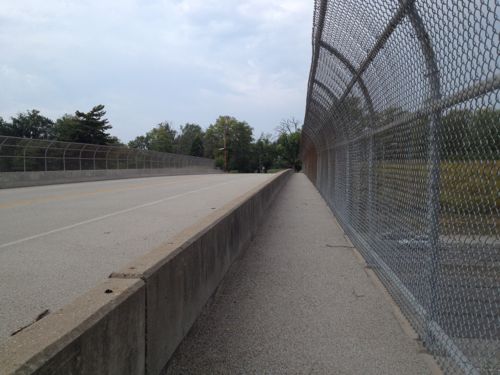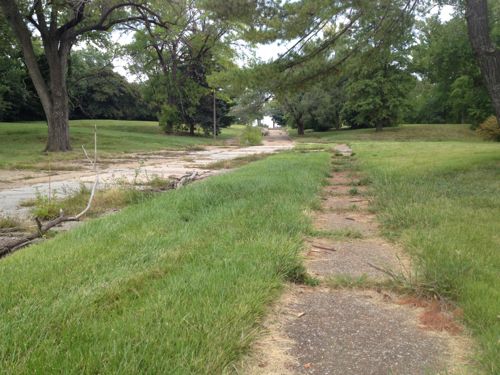DollarHelp Contest: Enter to Win a Trip to St. Louis Cardinals Spring Training!

This winter has been extra cold and some in our region need help staying warm. The DollarHelp program is an easy way to help those truly in need:
DollarHelp is a not-for-profit organization founded in 1982. Over the past three decades, with donations from St. Louisans across the city and counties, DollarHelp has raised more than $20 million. As a service to the community, Laclede Gas, in partnership with United Way of Greater St. Louis, provides the administrative services to DollarHelp, so that every dollar you donate passes directly to those in need. Laclede Gas Company also donates more than $50,000 in matching funds annually.
Approximately 90% of DollarHelp donations are from Laclede Gas customers who “Check the Red Box.” More than 68,000 Laclede customers contribute to DollarHelp through the automatic giving option, a plan that enables Laclede customers to make regular monthly donations by having the amount they specify added to their gas bill. What if I want to contribute but I’m not a Laclede Gas customer? This year alone, more than $1 million has been contributed by these generous donors in the Laclede service area. Dollar by dollar, we make a difference together.
DollarHelp is more than just making a donation. It’s about people helping people. Through relationships with local social service agencies, DollarHelp grants pay the heating bills for those who have exhausted all forms of public assistance. What are some other public assistance heating programs? DollarHelp is their last stop to get the help they need. And DollarHelp grants pay the household’s primary heating source, no matter the type of fuel. What type of heating bills is covered by DollarHelp grants? The typical grant for a household is $300, but under certain circumstances a grant can range as high as $700. However, when a special medical, housing or financial crisis exists, additional grants up to $400 are available. Where can I get help? Donations to DollarHelp are tax deductible.
DollarHelp heating grants reach families in St. Louis city and the counties of St. Louis, St. Charles, Franklin, Jefferson, Iron, Butler, Madison, Ste. Genevieve, and St. Francois. (DollarHelp)
This year Laclede Gas is holding a contest that should appeal to baseball fans:
You could win the Ultimate Winter Warm-Up – a trip to St. Louis Cardinals Spring Training! Enter the DollarHelp “Share The Warmth” photo contest and you could win a trip to Jupiter, Florida, to meet Cardinals’ left-fielder Matt Holliday and watch the Cards in action! Visit Laclede Gas Company’s Facebook page for contest details. Must be a current Laclede customer with a Facebook account to enter.
Hurry, the deadline is the 19th!
— Steve Patterson
